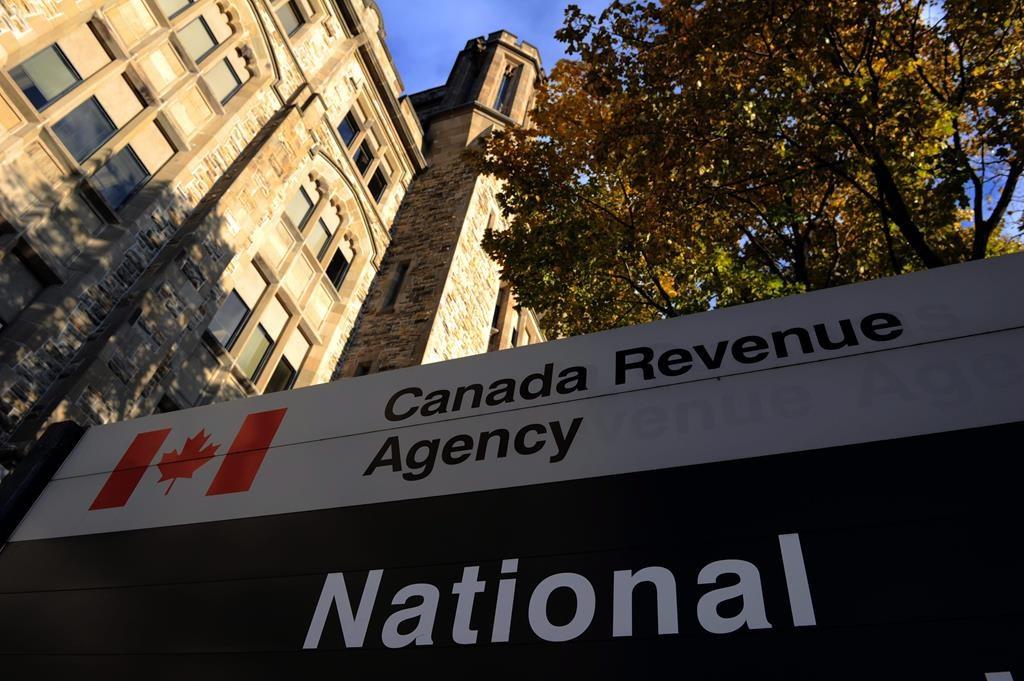Regular use of cannabis can cause decreased performance in both memory and reaction speed compared to people who don’t partake of the drug, a recent study from McMaster University has found.
McMaster researchers took data collected from the participants of the Human Connectome Project, a U.S.-based study focused on the biology of the human brain, and used the people who had tested positive in a urine drug screening for tetrahydrocannabinol (THC), a psychoactive chemical found in cannabis. They then examined these people’s performance results on a series of cognitive tests in comparison to the results of people who hadn’t tested positive in the screening.




